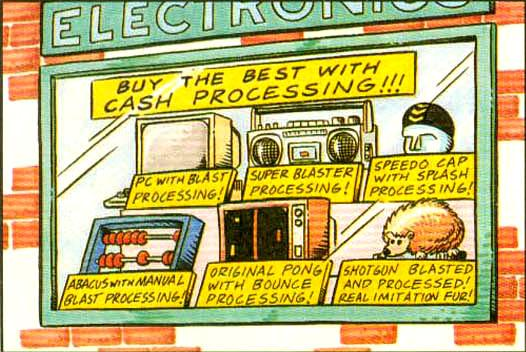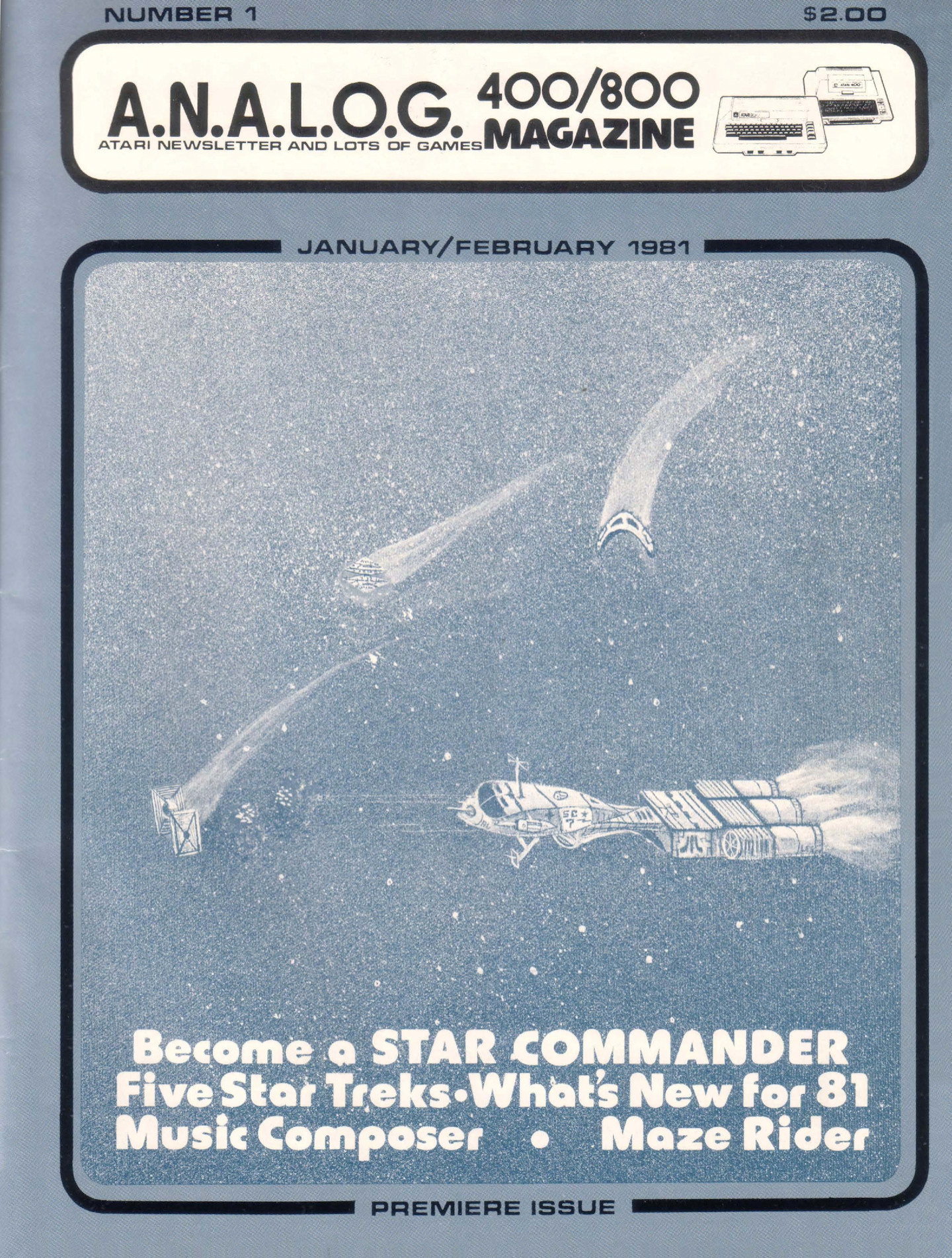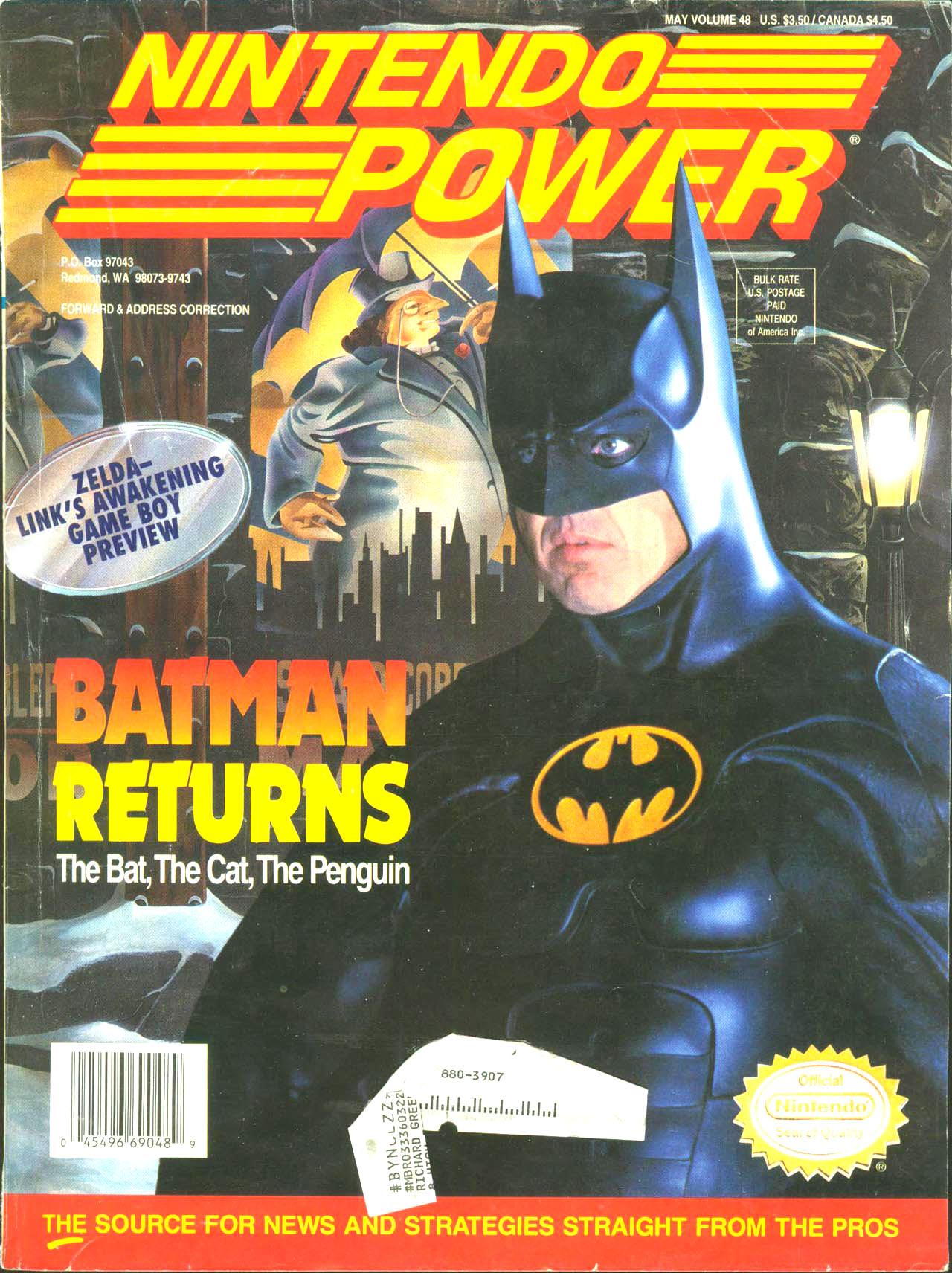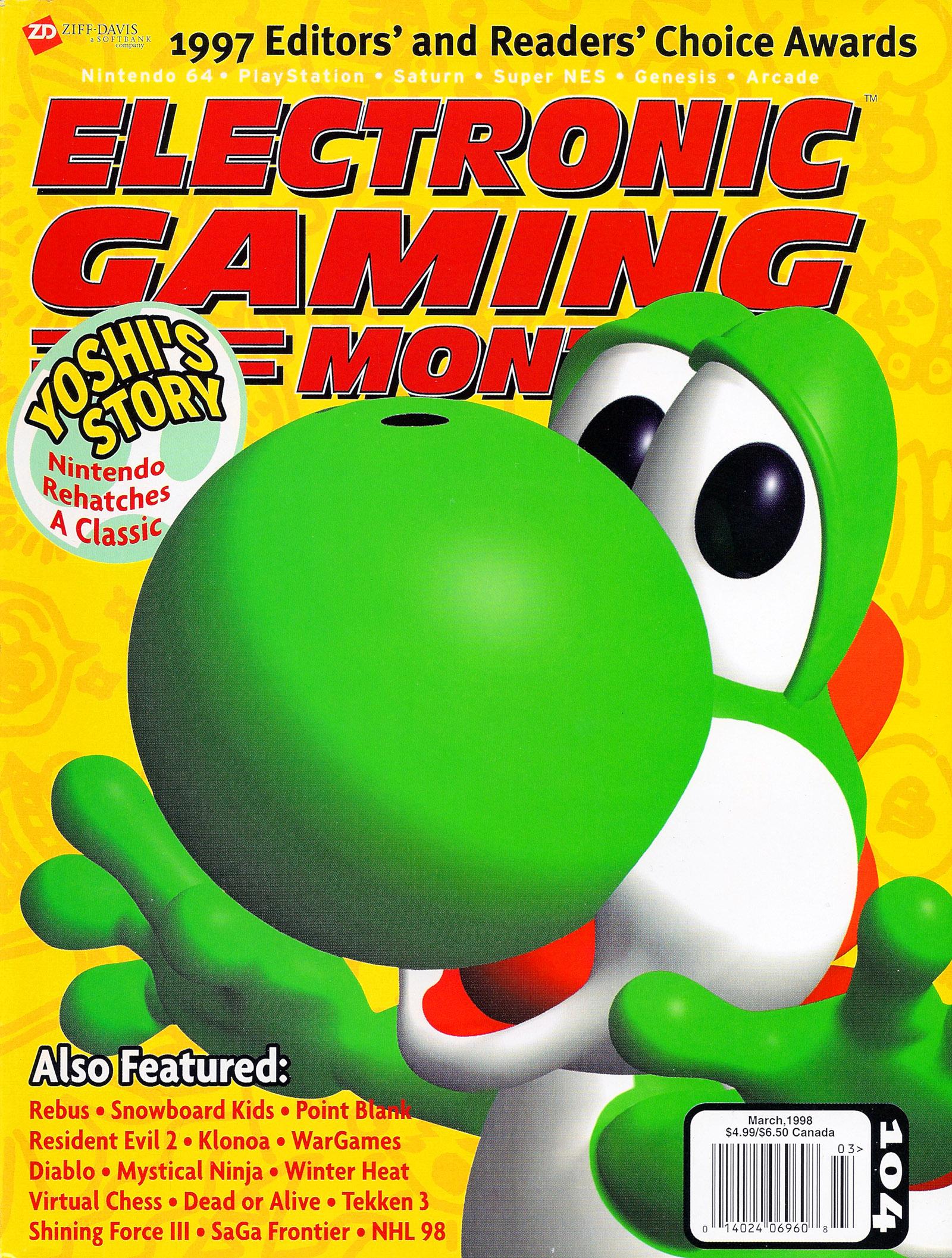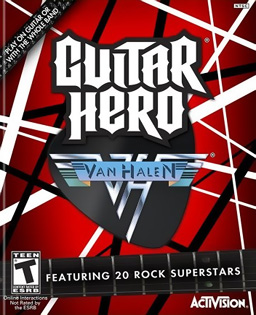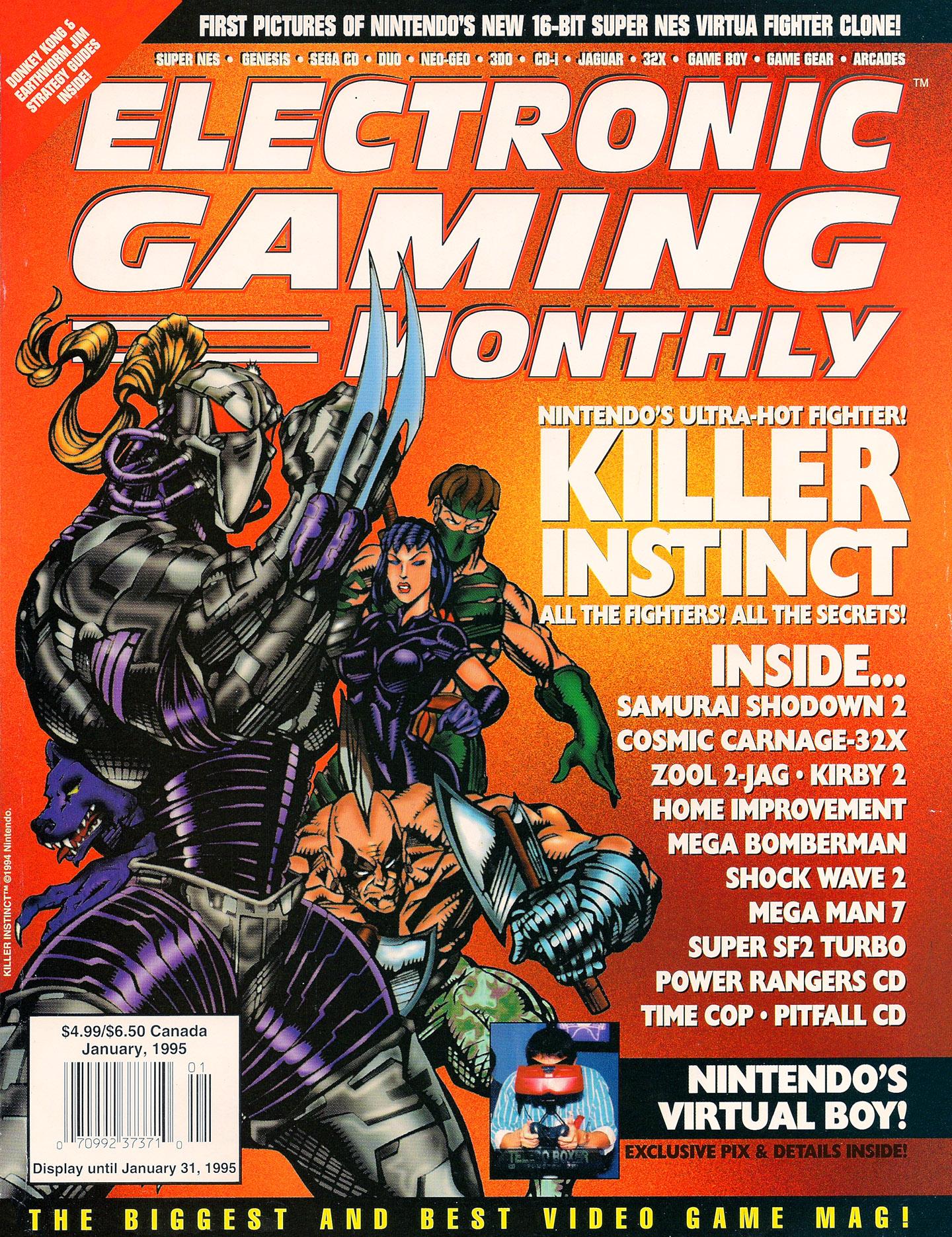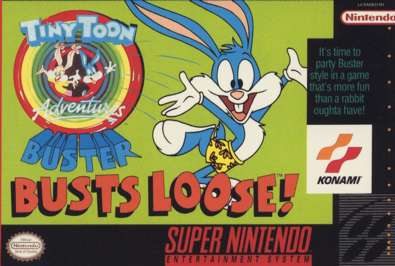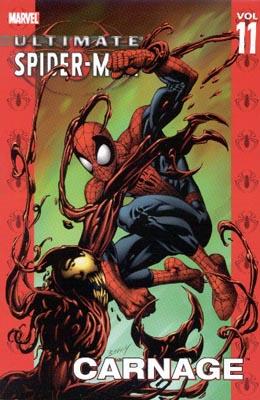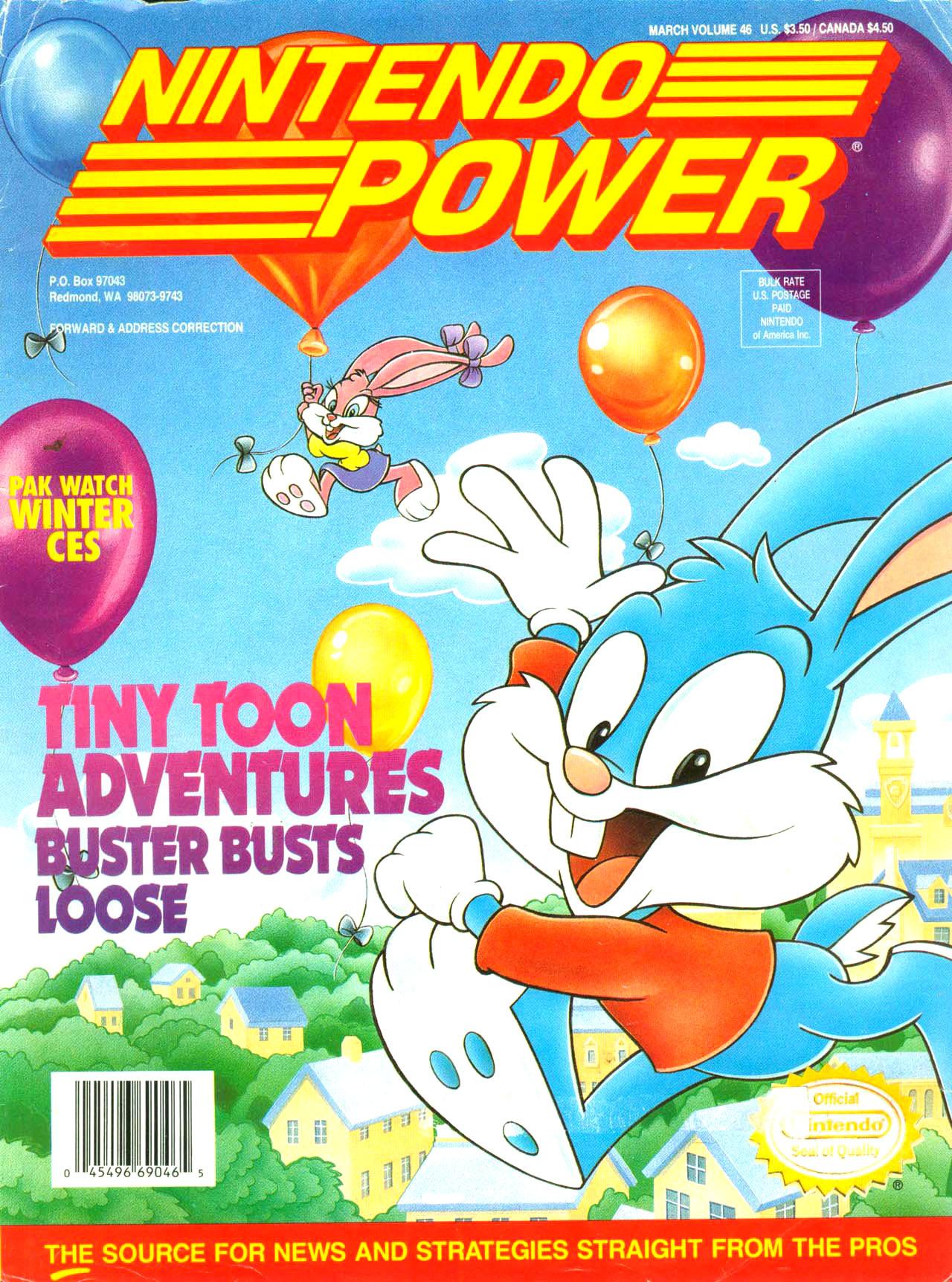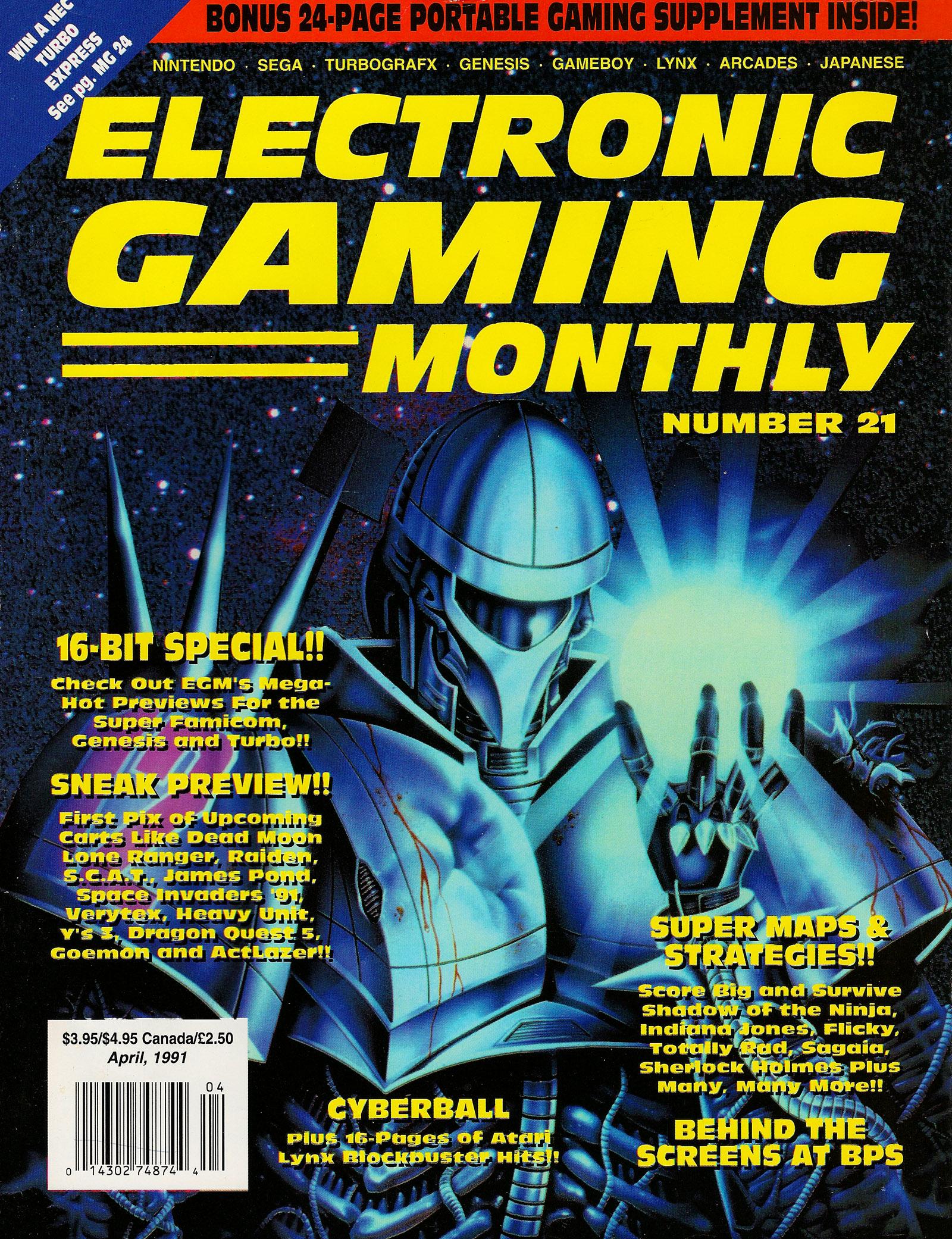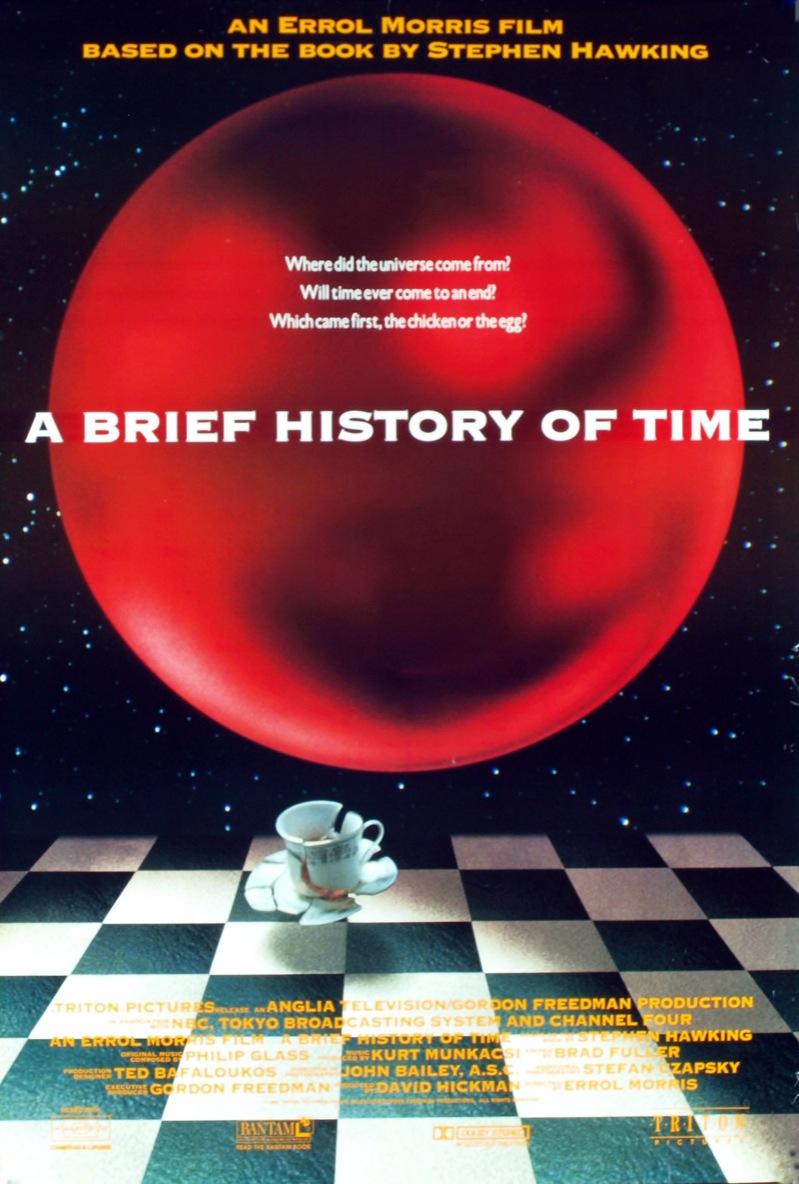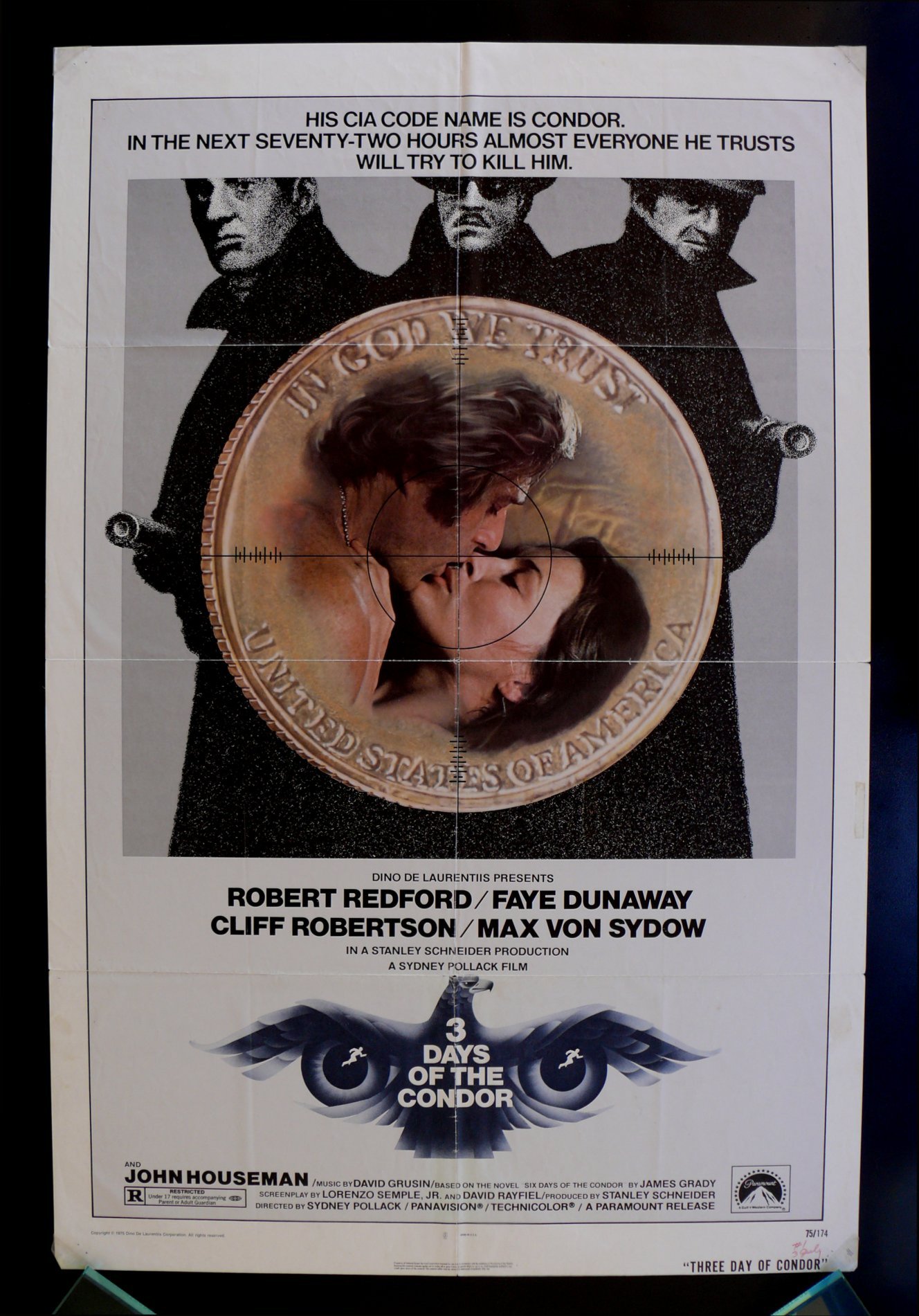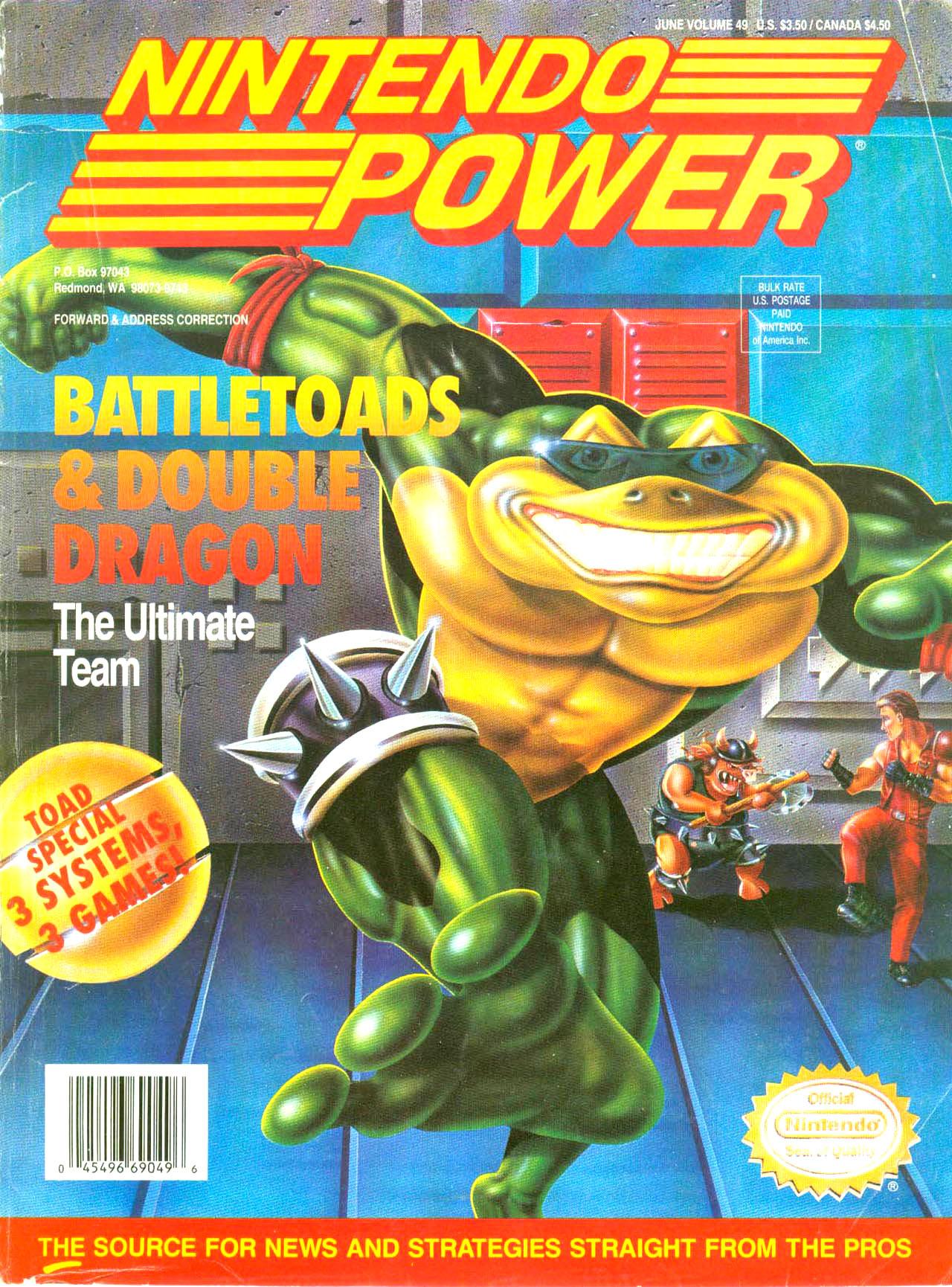 After a far too long delay, I’m finally carrying on with my Nintendo Power Recaps with issue #49 for June of 1993. Our cover story for this issue is the crossover that nobody was really anticipating – Battletoads and Double Dragon. It perhaps bears noting that it is the Battletoads which are hogging the spotlight here (no pun intended) while one of the Lee brothers is in the far background.
After a far too long delay, I’m finally carrying on with my Nintendo Power Recaps with issue #49 for June of 1993. Our cover story for this issue is the crossover that nobody was really anticipating – Battletoads and Double Dragon. It perhaps bears noting that it is the Battletoads which are hogging the spotlight here (no pun intended) while one of the Lee brothers is in the far background.
The letters column this issue has a request of more reviews of alternate controllers. It does bear mentioning that as we moved into the 16-bit generation, magazines dedicated less space to reviews of 3rd party controllers. Gamers still knew they existed, thanks to massive numbers of ads but we didn’t get dedicated reviews of them.
B.O.B Guide
This is a side scrolling run-and-gun game from E.A. for the SNES. The game follows a teenage robot who crashes his dad’s spaceship on a planet full of enemies. He has to fight through them all and make it to his date. The game incorporates falling damage, related to how quickly you fall, which is a nice touch. We get maps of stages one through six, as well as weapon and utility item notes. I’m also noticing that none of these stages have boss fights, which was probably a daring move for the time. There are some more difficult stage-specific enemies, but no set-piece boss fights, except towards the end of the game, which isn’t covered in this guide.
Taz-Mania Guide
So, Taz Mania is running wild, Brother. Unlike other versions of Taz-Mania, this one uses Mode Seven graphics, to make this a sort of racing game, with the player standing behind Taz as he runs down roads wrecking havoc, collecting Kiwis along the way. We get maps for the first 3 stages and, due to the camera angle not allowing screen-shot maps, they’re hand drawn.
Casino Games Round-up
First up is Vegas Stakes for the SNES. We get info on the five different casinos you can play at, none of them officially licensed. The games are the usual games for a casino game – 5 Card Stud, Blackjack, Craps, Roulette, and Slots.
Next up is Super Caesar’s Palace, which does have an official license. This game has only one casino, but a slightly larger collection of games. In addition to the usual stuff, there’s Red Dog (draw 2 cards and then bet on whether your card will be in between the two). There’s also horse racing and keno.
Yoshi’s Cookie SNES Guide
Well, Yoshi’s cookie has gotten a SNES port, which means it’s time for a guide for the SNES version. Of note with the SNES version is Bullet-Proof Software, the same people who brought us Tetris, developed the game. Alexey Pajitnov even did the puzzle design..
Power U
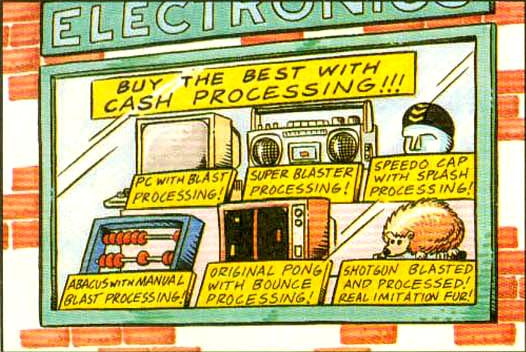 This is basically a Q&A column, with a bit of FAQ to it. We’re starting off with a surprising cheap shot at Sega and the Genesis, with their response to the question “Does the SNES have Blast Processing.” Nintendo’s response is, basically, “Sega won’t tell us what Blast Processing is in the first place, so they really can’t say. The closest they could get to a straight answer was Sega saying that developers program their games to get the most out of the console’s system resources. That’s something the SNES, and for that matter, all consoles are capable of, so if that is the real, technical definition of Blast Processing, then it’s essentially meaningless. Or Sega just didn’t tell Nintendo because they’re a competitor, and Nintendo’s just going for the blatant low blow. I’m going with the latter because we have an actual honest-to-god editorial cartoon mocking the Genesis.
This is basically a Q&A column, with a bit of FAQ to it. We’re starting off with a surprising cheap shot at Sega and the Genesis, with their response to the question “Does the SNES have Blast Processing.” Nintendo’s response is, basically, “Sega won’t tell us what Blast Processing is in the first place, so they really can’t say. The closest they could get to a straight answer was Sega saying that developers program their games to get the most out of the console’s system resources. That’s something the SNES, and for that matter, all consoles are capable of, so if that is the real, technical definition of Blast Processing, then it’s essentially meaningless. Or Sega just didn’t tell Nintendo because they’re a competitor, and Nintendo’s just going for the blatant low blow. I’m going with the latter because we have an actual honest-to-god editorial cartoon mocking the Genesis.
Next up is a question about whether the SNES CD-Rom or the Super FX is better. I’d say the Super FX is better because it actually came out, though Nintendo says it’s apples and oranges. We get another question about the lack of first party sports games, and Nintendo decides not to give a straight answer and points to all the third-party titles instead of saying “We’re getting out of the sports games business because Madden is awesome”.
We get a question about what all the possible colors on the SNES do. Well, Timmy, they help the SNES show many different types of colors on-screen at once, including multiple objects that are the same color.
Finally, we get detailed information about the SNES’s processor speed, and then a side-by-side statistical comparison on the SNES and the Genesis in terms of processor speeds, memory and that sort of thing. As any PC hardware buff will tell you, that information is meaningless without benchmarking but even now nobody’s written benchmarking software for the SNES and Genesis. It would be interesting to see, if you wrote such an application, and were able to create cartridges for the software for the SNES and Genesis, how they would turn out.
All in all, though, this article reminds me a lot of some of the raw numbers articles from EGM that came out earlier. I wonder if it was a response to how popular such articles were.
Battletoads in Battlemaniacs Guide
The SNES finally gets its own Battletoads game. I should really hunt down the arcade game version of this on MAME, if for no other reason because it was dramatically more violent than the home console versions, and just to compare it to the console versions or something. We get maps for every level except the last, including the rocket-bike levels, which is a really nice touch, though you don’t get timing information. Still, if you’ve played the first Battletoads game, all the levels look pretty much the same.
Battletoads in Ragnarok’s World Guide
Like with the other Battletoads games, this one, for the Game Boy is pretty similar to all the earlier games. You have several brawling stages, you have a jet bike stage, and you have a stage where you zip around on snakes.
This little guide covers the NES version of the game. While this version keeps some of the classic Battletoads level types – brawler, Rocket-bike, Swinging wrecking ball, it does ditch the snake level type, which is nice.
Controller Roundup
We get a run-down of various notable controllers, both first and third-party for the SNES. This includes a few 3rd party controllers that are only available in Japan, like ASCII’s one-handed controller for use with Wizardry-style RPGs. Unsurprisingly, ASCII also what is basically a memory card unit for your SNES that lets you transfer your saves between games – like the Wizardry series, which ASCII also released in Japan.
Bubble Bobble Part 2 Preview
This is more of a preview than anything else. We get a refresher on the gameplay mechanics of the Bubble Bobble series.
Titus The Fox Preview
Mascot-based action platformer, and the rundown of the gameplay mechanics we get makes it clear that it doesn’t have particularly much to distinguish it from other games in the genre.
Raging Fighter Preview
This is Konami’s fighting game for the Game Boy. We get a list of the roster and a stat breakdown. No move lists though.
Normally I don’t go into counselor’s corner much, but there’s one trick of note here – we get a 3 page spoiler-free guide (not that it matters much) for Destiny of an Emperor for the NES. For those who don’t remember, that was the Romance of the Three Kingdoms themed RPG from Capcom.
Also, for this issue’s Nester’s Adventures, Nester (playing Batman Returns) would learn to use a cape attack when a heart is in the area, if it wasn’t for the fact that Batman and Catwoman were teaming up to hit him with a logic bomb so they can go off for a hot date.
Fire and Ice Guide
Another puzzle game for the NES gets a guide. We get maps of a few of the rooms, as well as some notes for the level creator.
I’m not going to go in-depth here, but we also get a run down on a bunch of upcoming hockey titles and, with Father’s Day coming up, we get a repeat of some hints for games that you might want to play with your dad.
Top 20
For the SNES, Legend of Zelda regains the top spot, while Mario firmly retains his hold on #1 on the Game Boy and NES.
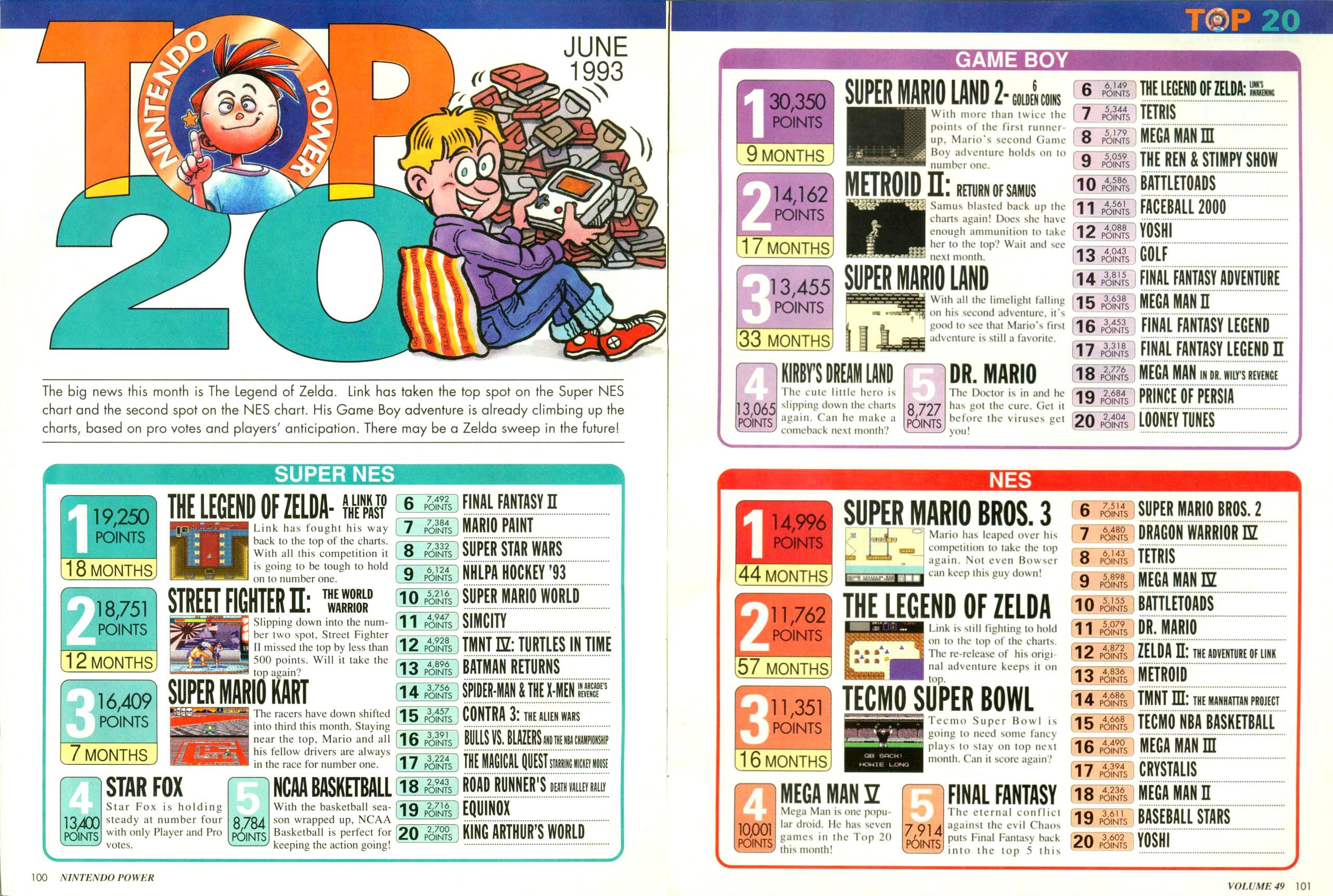
Now Playing
Of note among the also-rans is The Terminator for the SNES, which apparently is too easy for power-players, despite the fact that it has no continues, and it drove the Angry Video Game Nerd up the wall. There’s also Super James Pond for the SNES, and F-15 Strike Eagle for the Game Boy.
Pak Watch
Sunsoft has an upcoming Bugs Bunny game based directly on several specific cartoons, which will likely be a future Quality Control pick. Jaleco has the fighting game Tuff E Nuff. Koei has PTO, and JVC has Dungeon Master.
So, for my Quality Control pick. I’ve already done Yoshi’s Cookie, so that’s out. I think I’ll go with Raging Fighter, just to give a Game Boy fighting game a try.
 For this review of Raging Fighter for the Game Boy, I have to admit that I didn’t get into the game as much as I’d like. By “get into the game” I don’t mean get interested in the game, as much as I mean make progress in the game.
For this review of Raging Fighter for the Game Boy, I have to admit that I didn’t get into the game as much as I’d like. By “get into the game” I don’t mean get interested in the game, as much as I mean make progress in the game.

